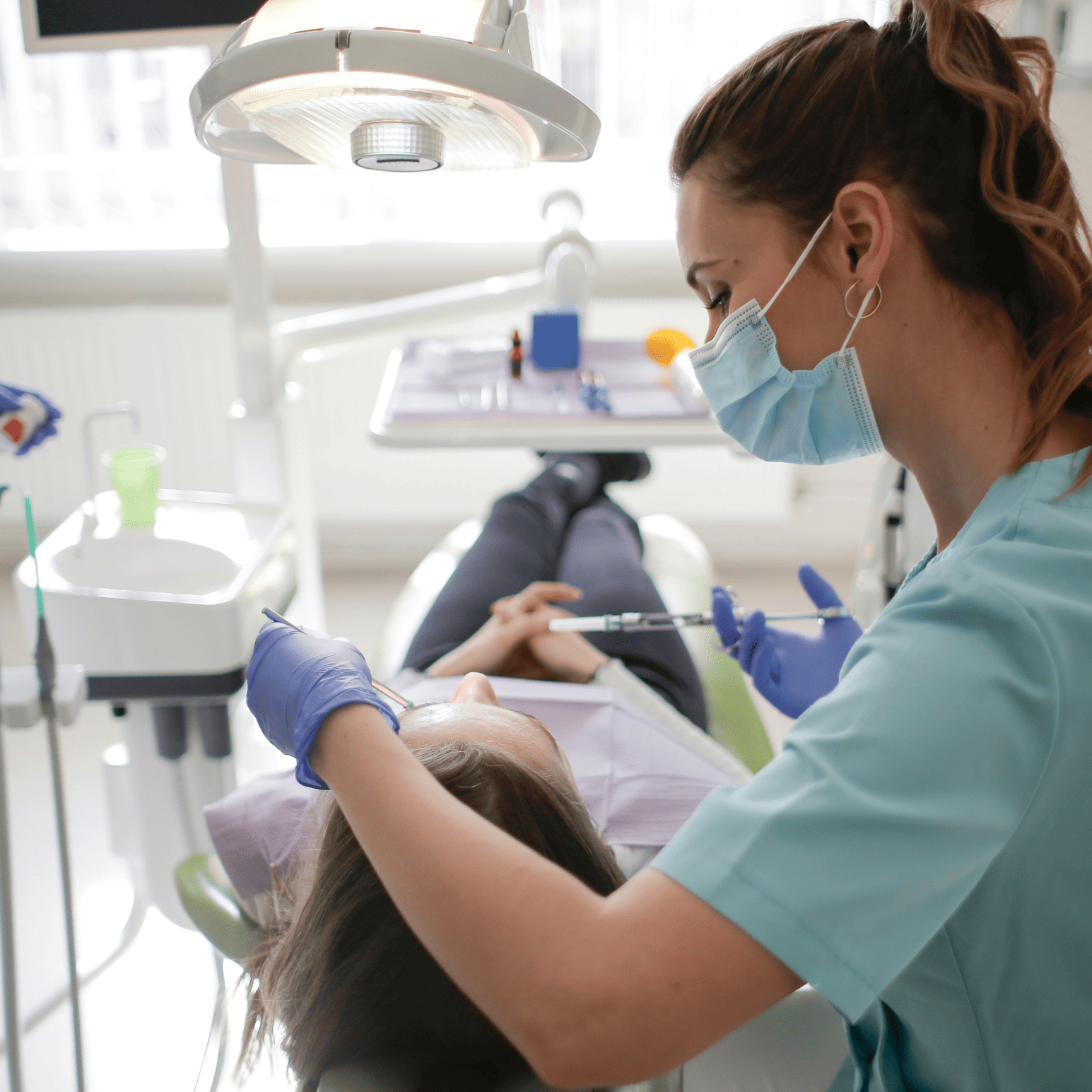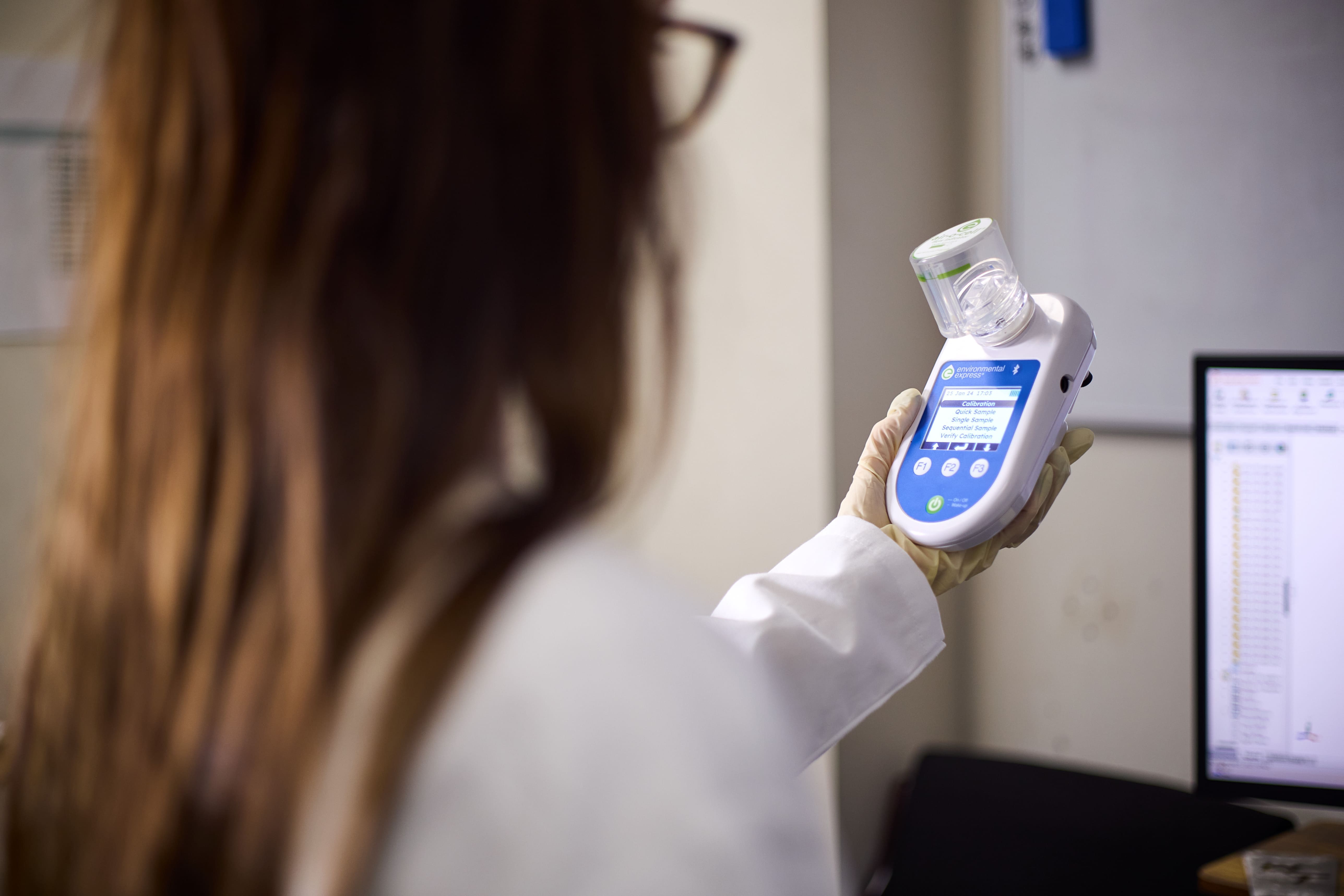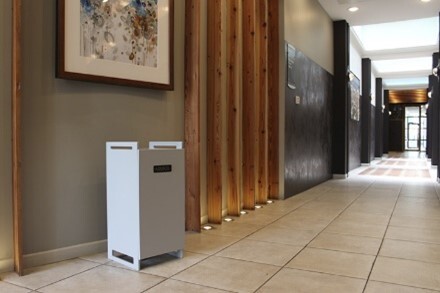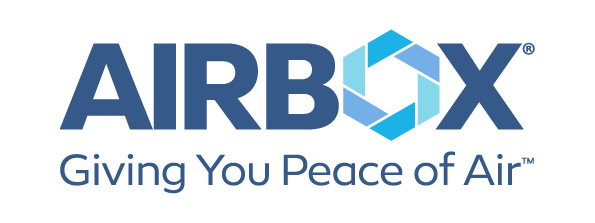Discover the Diverse Industries We Serve: Enhancing Indoor Air Quality for Healthier Environments
Commercial Buildings Are Under Pressure
In the wake of recent global health events, commercial buildings are under pressure to demonstrate a commitment to cleanliness and safety, making air quality a pivotal aspect of operational excellence and occupant assurance. Clean air is essential for promoting the health and well-being of employees and visitors alike. Poor indoor air quality can lead to a range of health issues, including respiratory problems, allergies, and decreased cognitive function, all of which can negatively impact productivity and overall job satisfaction.
As businesses strive to create comfortable and safe environments, effective ventilation systems and regular air quality assessments are crucial in mitigating pollutants and pathogens. Ensuring clean air not only fosters a healthier workplace but also enhances energy efficiency and sustainability efforts, aligning with modern corporate responsibility initiatives. Prioritizing clean air in commercial industries ultimately leads to improved employee performance and a positive company image, making it a vital consideration for any forward-thinking organization.

Education
Schools and other educational facilities produce many harmful pollutants such as infectious aerosols, bacteria, viruses, VOCs, PM2.5, and more. Some of the sources that produce these contaminants might surprise you:
- Students and staff carrying viruses and bacteria
- Outdoor air brought in through ventilation
- Building materials and furniture emissions
- Cleaning supplies and chemicals
- Emissions from outdated mechanical equipment
Prioritizing clean air promotes a healthier, more conducive educational environment that supports optimal learning and engagement. Implementing energy-efficient, clean-air solutions is proven to positively effect cognitive function, test scores, and attendance while saving money on operational and capital costs.

Retail
Retail facilities like shopping malls and grocery stores produce many harmful pollutants such as infectious aerosols, allergens, PM2.5, odors, VOCs (Volatile Organic Compounds), and more. The sources of these contaminants vary:
- Emissions from product and merchandise
- Outdoor air brought in through ventilation
- Supply chain emissions
- Cleaning supplies and chemicals
- Customers and employees carrying viruses and bacteria
- Moisture from refrigeration
Implementing clean air not only safeguards the integrity of the product and merchandise but also supports the well-being and health of everyone in the space, reduces capital and operational costs, and contributes to the long-term success and sustainability of the retail business.

Manufacturing
Manufacturing facilities produce many harmful pollutants such as VOCs (Volatile Organic Compounds), infectious aerosols, allergens, PM2.5, and odors. These contaminants come from widespread sources:
- Emissions from high temperature processes
- Cleaning supplies and disinfectants Waste management off-gassing
- Employees carrying viruses and bacteria
- Inadequate ventilation
- Product and raw material emissions
Adopting energy-efficient clean air solutions elevates these facilities by reducing operational costs and the risk of health issues among employees, and prevent product damage and contamination.

Entertainment
Entertainment facilities like arenas, casinos, and concert venues produce many harmful pollutants, such as infectious aerosols, bacteria, viruses, VOCs, and PM2.5. Some of the sources that produce these contaminants are unexpected:
- Staff, fans, and talent carrying viruses and bacteria
- Outdoor air brought in through ventilation
- Cleaning supplies and chemicals
- Emissions from equipment and machinery
- Off-gassing from materials
Prioritizing indoor air quality can create a more enjoyable and sustainable space that encourages guest retention and increases overall satisfaction, boosts athlete and talent performance, lowers maintenance and energy costs to drive operational efficiency, and, most importantly, provides a safer, healthier environment for all.

Corporate
Corporate facilities, like offices and data centers, produce many harmful pollutants such as infectious aerosols, allergens, PM2.5, odors, VOCs (Volatile Organic Compounds), and more. There are many uncommonly known sources:
- Staff and guests carrying bacteria and viruses
- Outdoor air brought in through ventilation
- Building materials and furnishings off-gassing
- Cleaning supplies and chemicals
- Emissions from outdated mechanical equipment
Implementing clean air enhances the overall ambiance by reducing the risk of health issues among employees and guests, boosting productivity, and decreasing energy and operational costs. This ultimately positions the business as a leader in sustainability while ensuring long-term profitability and resilience.

Government
Governmental facilities, like courthouses and correctional facilities, produce harmful pollutants such as infectious aerosols, bacteria, viruses, VOCs, PM2.5, and more. The sources of these contaminants are surprisingly varied:
- Guests and staff carrying viruses and bacteria
- Building materials and furnishings off-gassing
- Outdoor air brought in through ventilation
- Emissions from outdated mechanical equipment
- Cleaning supplies and chemicals
Investing in indoor air quality measures supports these facilities by enhancing their overall safety and security, reducing absenteeism by promoting a healthy environment, and contributing to efficient operations.

Public Assembly
Public assembly facilities, like conference centers, churches, banquet halls, auditoriums, and more, produce many harmful pollutants such as infectious aerosols, allergens, PM2.5, odors, VOCs (Volatile Organic Compounds), and so many more. Some of the sources that produce these contaminants might surprise you:
- Emissions from outdated mechanical equipment
- Outdoor air brought in through ventilation
- Building materials and furnishings off-gassing
- Cleaning supplies and chemicals
- Occupants carrying bacteria and viruses
Implementing clean air not only enhances the overall ambiance by improving air freshness but also reduces the risk of health issues among employees and guests and operational costs with effective energy efficiency, fostering a healthier environment.

Healthcare
Outpatient healthcare facilities produce many harmful pollutants such as infectious aerosols, bacteria, viruses, VOCs, PM2.5, and more. The sources are many:
- Patients and staff carrying viruses and bacteria
- Disinfectants and other cleaning supplies
- Inadequate ventilation
- Building materials and furnishings
- Operation of various medical equipment
These environments often see individuals with compromised immune systems or existing health issues who are more susceptible to airborne pollutants and pathogens. Good air quality helps reduce the risk of infections and promotes overall patient and staff well-being while minimizing maintenance and energy costs, effectively optimizing operations.

Food and Beverage
Restaurants produce many harmful pollutants such as VOCs (Volatile Organic Compounds), infectious aerosols, allergens, PM2.5, odors, etc. There are many sources of these contaminants, including some that might not occur to you:
- Cleaning supplies
- Occupants carrying viruses and bacteria
- Grilling, frying, and other cooking methods
- Inadequate ventilation
- Moisture from refridgeration
Implementing clean air not only enhances the overall ambiance by improving air freshness but also reduces the risk of health issues among employees and guests and operational costs with effective energy efficiency, fostering a healthier environment.

Laboratories
Laboratories can generate a wide range of harmful airborne pollutants, including infectious aerosols, bacteria, viruses, VOCs, PM2.5, and more. These contaminants originate from several sources:
- Personal handling biological or chemical materials
- Disinfectants, solvents, and other cleaning supplies
- Inadequate or outdated ventilation systems
- Laboratory furnishings and materials
- Operation of specialized lab equipment and processes
Laboratories often involve high-risk procedures and may house sensitive experiments. Ensuring excellent indoor air quality is critical to safeguarding health and maintaining research integrity. Increasing air changes per hour (ACH) is a key strategy in improving ventilation, helping dilute and remove airborne contaminants more effectively. This not only supports a healthier environment for researchers and staff but also reduces the potential for cross-contamination and enhances overall safety.
Achieve ASHRAE Standard 62.1 and 241
Compliance With AirBox Air Cleaners
AirBox air cleaners are specifically engineered to abide by the strict indoor air quality requirements set forth by both ASHRAE Standard 241 for heightened infectious risk and ASHRAE Standard 62.1-2022 Indoor Air Quality Procedure for standard operation.
By harnessing advanced air purification technologies, AirBox systems effectively capture over 99.99% of tested airborne contaminants,
including infectious aerosols that can pose significant health risks. Tests are available on request.
AirBox air cleaners apply to a wide range of building types, including corporate offices, construction sites, schools, and healthcare facilities.
AirBox Maintains Compliance

Professional Analysis
Our data-driven Air Quality Assessment takes the guesswork out of what’s going on with your air. It tells you exactly what contaminants are in your indoor air and how much. These steps will lead you from guessing to knowing – and from dirty, unhealthy air to clean.

Asset Protection
By ensuring good indoor air quality, the HVAC system can operate more
efficiently, reducing energy costs and extending its lifespan. This, in turn, can also lower the maintenance costs for your building.

Risk and Liability Mitigation
Building owners and managers have a legal responsibility to provide a safe and healthy environment for their occupants. Failure to maintain proper IAQ can result in serious liability risks, including lawsuits, fines, and damage to the reputation of the building.
Want to request a feasibility study for your facility?


